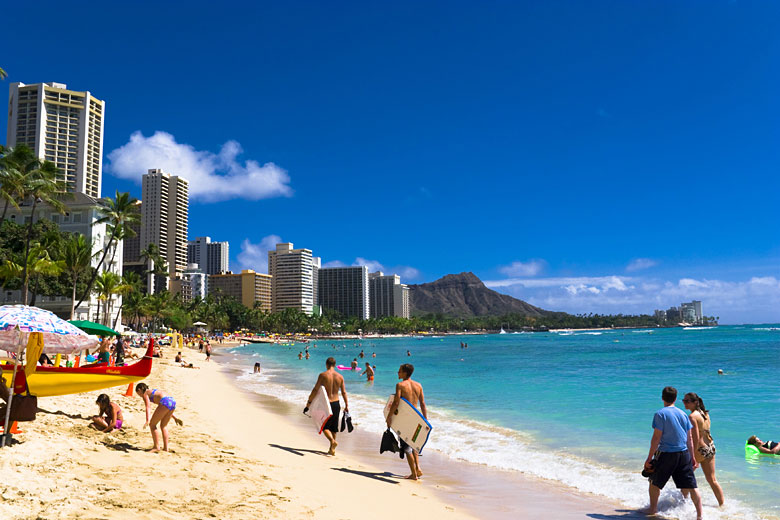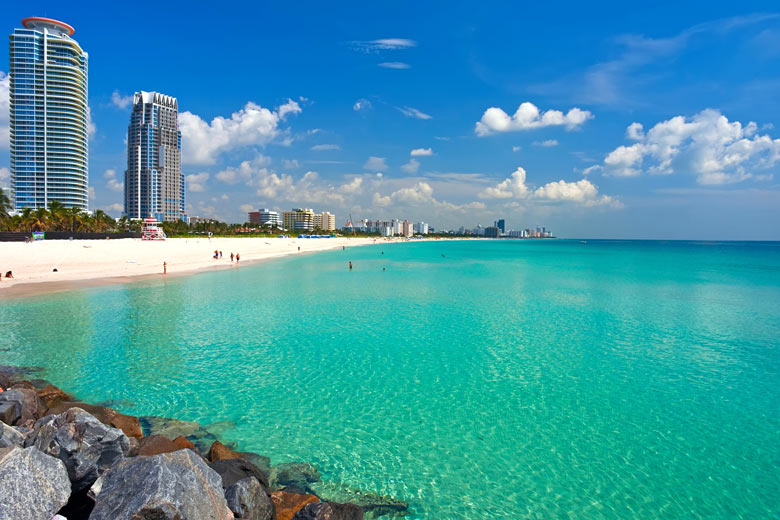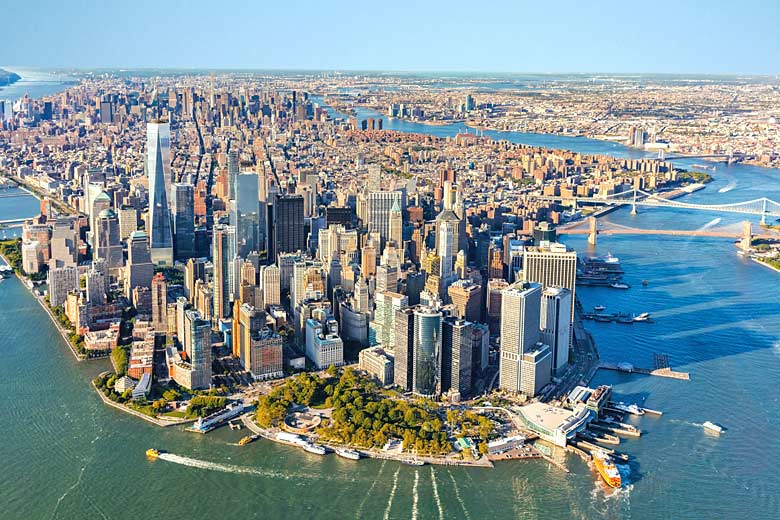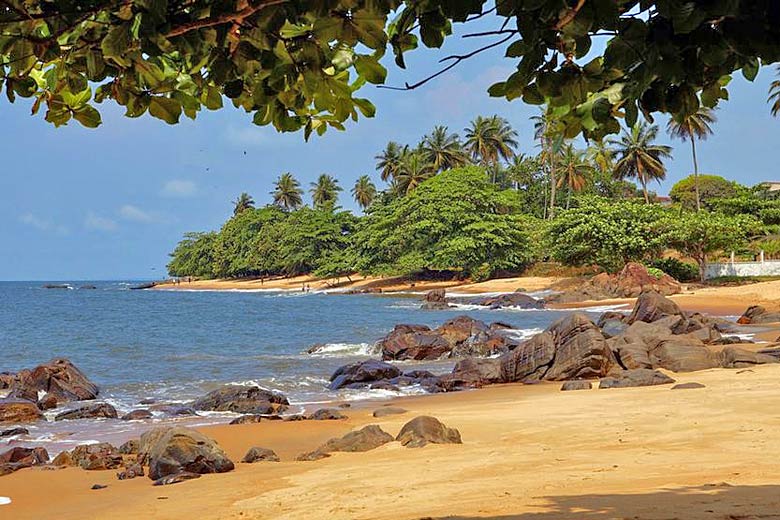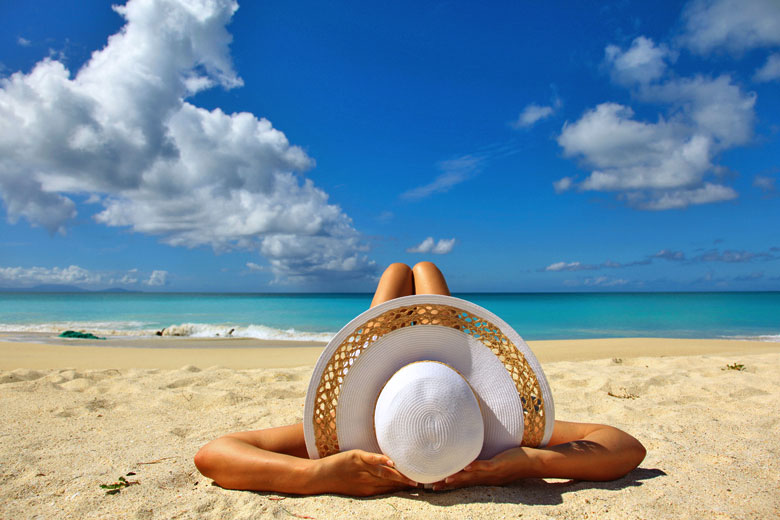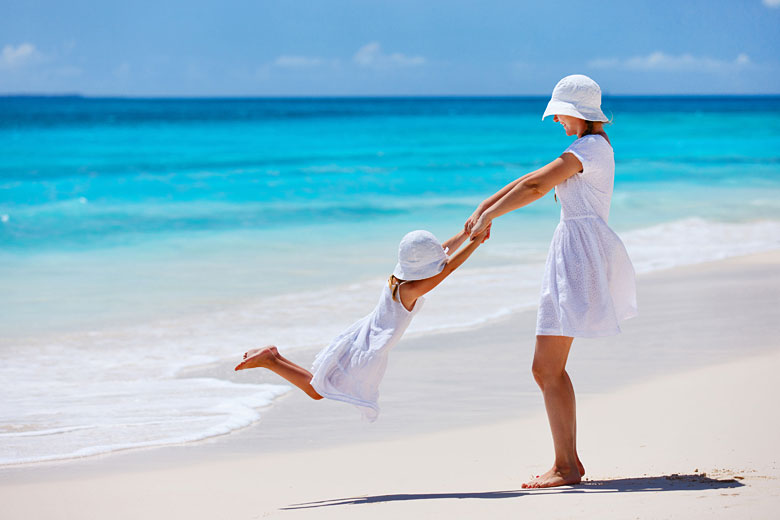- Book online & save on long haul holidays in 2025
- Destinations include New York, Caribbean & beyond
- Ideal for summer, winter & half term family holidays
Hawaii weather by month
Check out Hawaii weather averages by month. Compare detailed monthly climate statistics including temperature, rainfall and sunshine figures.
| Jan | Feb | Mar | Apr | May | Jun | Jul | Aug | Sep | Oct | Nov | Dec | |
|---|---|---|---|---|---|---|---|---|---|---|---|---|
| Maximum daytime temperature °C |  26 26 |
 26 26 |
 26 26 |
 27 27 |
 28 28 |
 29 29 |
 29 29 |
 30 30 |
 30 30 |
 29 29 |
 28 28 |
 26 26 |
| Hours of sunshine (daily) | ||||||||||||
| Days with some rainfall |  10 10 |
 9 9 |
 10 10 |
 10 10 |
 8 8 |
 7 7 |
 8 8 |
 7 7 |
 8 8 |
 9 9 |
 11 11 |
 11 11 |
| Sea temperature °C |  24 24 |
 24 24 |
 24 24 |
 24 24 |
 25 25 |
 26 26 |
 26 26 |
 27 27 |
 27 27 |
 27 27 |
 26 26 |
 25 25 |
More about Hawaii
Hawaii by month
Jan Feb Mar Apr May Jun Jul Aug Sep Oct Nov Dec
Recommended for Hawaii
The climate guide for Hawaii (Honolulu, Oahu) shows long term monthly weather averages processed from data supplied by CRU (University of East Anglia), the Met Office & the Netherlands Meteorological Institute. Find out more about our data sources.
Top Hawaii destinations
Below are average maximum temperatures at popular countries, regions and places in Hawaii for next month - August. Select a destination to see the climate guide for all months of the year.
All Hawaii destinations
- Halawa Bay, Molokai
- Hana, Maui
- Hanalei, Kauai
- Hilo, Big Island
- Honolulu, Oahu
- Hulopoe Bay, Lanai
- Kaanapali, Maui
- Kahului, Maui
- Kailua, Big Island
- Kailua, Oahu
- Kalaupapa, Molokai
- Kapalua, Maui
- Lahaina, Maui
- Lihue, Kauai
- Papohaku Beach, Molokai
- Waimea Bay, Oahu
- Waimea, Big Island
Metric (°C / mm) | Imperial (°F / inches)
Hawaii climate overview
Hawaii is the only American state that is not part of the North American mainland. Consisting of more than 100 volcanic islands, of which only 7 are inhabited, it lies in the Pacific Ocean about 4,000 kilometres (2,250 miles) south west of San Francisco. The state's population of 1.2 million is the most geographically isolated in the world.
With a tropical climate and Polynesian heritage that was untouched by the west prior to Captain James Cook's landing in Oahu in the 18th century, Hawaii is physically and culturally very different from the rest of the United States.
Mauna Loa on the Big Island is the largest volcano in the world, towering 4,200 metres (13,700) ft out of the sea, while nearby Kilauea is the world's most active, streaming lava continuously into the sea for the past 25 years. Other geological features of Hawaii include beaches of white or sometimes black sand, tall cliffs and waterfalls.
Because Hawaii lies within the tropics, temperatures throughout the islands are fairly constant year-round. However it is slightly cooler in February and March and slightly hotter in August and September.
Rainfall varies enormously depending on which side of the islands you are on and how high above sea level. Generally the prevailing winds are from the north-east. This means that more rain falls on north-east facing shores and slopes than anywhere else. It also tends to rain more at night than during the day.
On the higher slopes on Kauai are some of the wettest places on earth with over 10 metres (400 inches) of rain per year. Paradoxically on the tops of the highest peaks on Maui and the Big Island hardly any rain falls because their summits are almost always above the clouds.
On the leeward side of the islands rainfall is lower with most of it falling during the cooler season that runs from October to April when frontal systems move in from the south. Some of these 'winter' storms can be quite severe.
Generally the climate of Hawaii is very pleasant with mostly warm temperatures, a lot of sunshine and some of the cleanest ocean air to be found anywhere on the planet.
More about the USA
Compare Hawaii with the UK
Below the Hawaii chart shows average maximum daytime temperature for Hawaii, USA (Honolulu, Oahu) and the UK (London).
Maximum daytime temperature (°C)
Metric (°C / mm) | Imperial (°F / inches)
Compare more Hawaii weather >>
Be inspired
Get your weekly fix of holiday inspiration from some of the world's best travel writers plus save on your next trip with the latest exclusive offers
We promise not to share your details
Related posts
Popular travel offers
Explore holidays in the sun for less
- Beach holidays
- Family holidays
- City breaks
- Summer holidays
- Winter sun holidays
- Holiday offers
- Top travel brands
- Airlines & flights
- Discount hotels
- Airport parking deals
- TUI
- Jet2holidays
- easyJet holidays
- Love Holidays
- January sales
Airport parking
- Manchester Airport
- Stansted Airport
- Bristol Airport
- Luton Airport
- Birmingham Airport
- Edinburgh Airport
- Gatwick Airport
- Glasgow Airport
- Newcastle Airport
Airport lounges
- Manchester Airport
- Birmingham Airport
- Bristol Airport
- Edinburgh Airport
- Glasgow Airport
- Heathrow Airport
- Newcastle Airport
- Stansted Airport
- Gatwick Airport


















